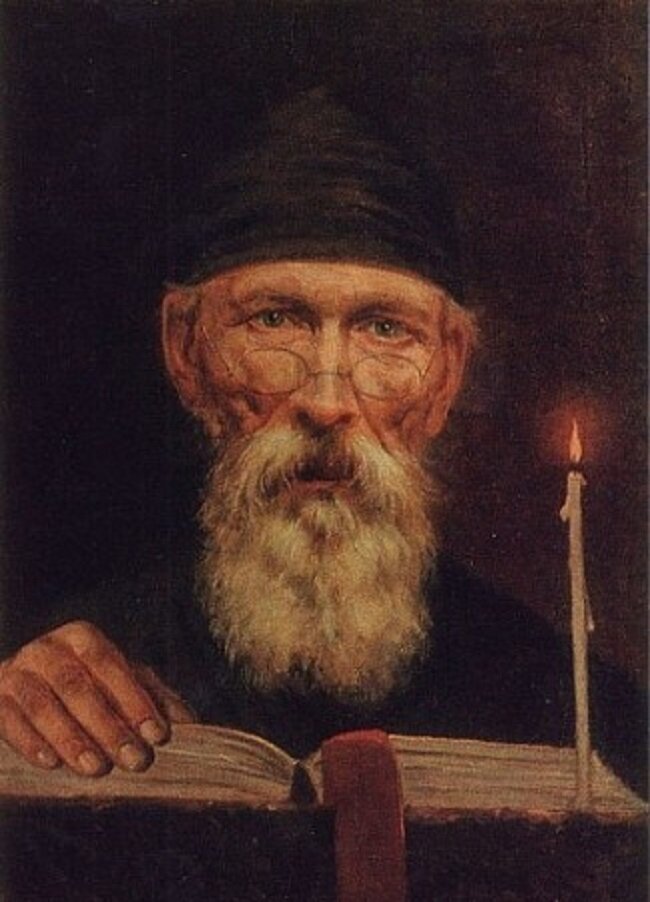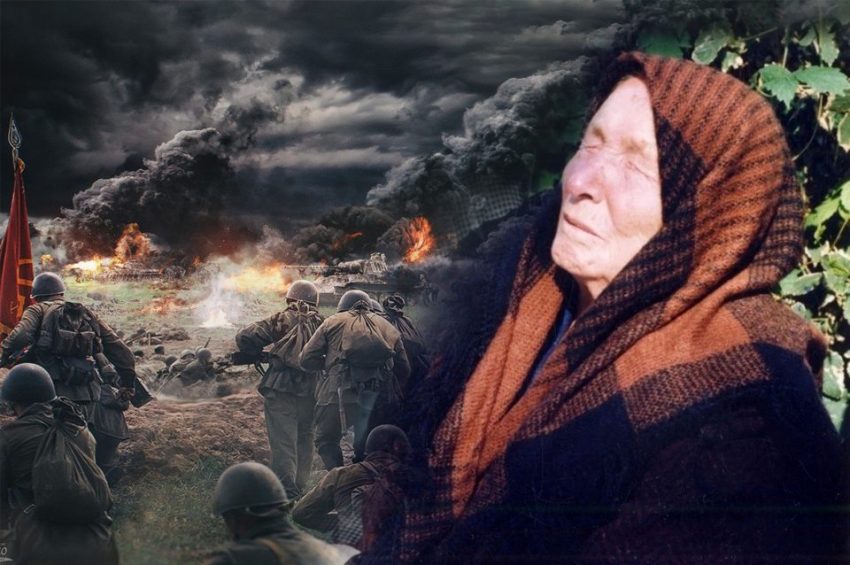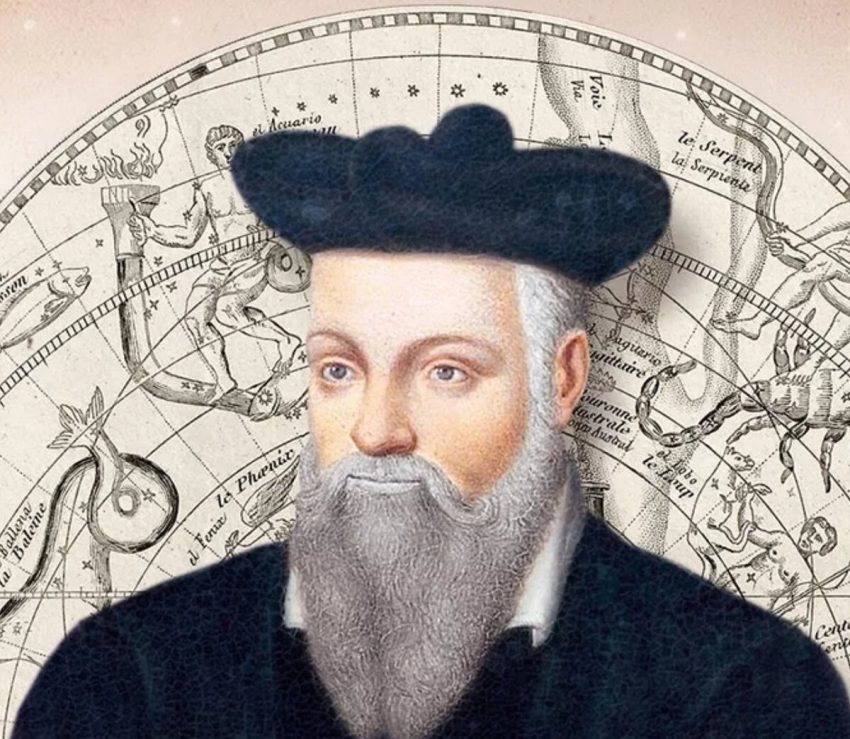8 most accurate predictions made by scientists of the past
Common sense always tells us that the future is impossible to predict, but from time to time the most incredible predictions turn out to be true, because, as they say, even a broken clock shows the correct time twice a day. We recall some of the most accurate prophecies that have been confirmed relatively recently.
Nikola Tesla on smartwatches and cellular communications
Nikola Tesla in 1908 described his design for a wireless communications tower, similar to a modern cell tower. Although he never succeeded in realizing his plans, his description is still impressive today.
“Once the project is completed, the business person will be able to dictate instructions from New York, and they will immediately appear in his office in London or elsewhere. He will be able to talk to any telephone subscriber on the globe from his workplace. An inexpensive instrument, no more than a watch, will allow its owner to listen anywhere – at sea or on land – to music or songs, speeches by a political leader, an eminent scientist, or the sermons of a priest located at a great distance. In the same way, any picture, sign, drawing or text can be transmitted.
Dmitri Mendeleev on “non-existent” elements
Professor Dmitri Mendeleev published the first periodic table of chemical elements in 1869. While working on the table, he repeatedly rearranged cards with elements, making rows of elements similar in properties from them, comparing the rows one with the other. As a result, he built a sequence of elements from light to heavy, but the table had empty cells: as yet unknown elements should have been placed there. To give the predicted elements “temporary” names, Mendeleev used the prefixes “eka”, “dvi” and “three” (from the Sanskrit words “one”, “two” and “three”), depending on how many positions down from already discovered element with similar properties was the predicted element.
The scientific validity of the table was confirmed very soon, and its discovery to this day may be one of the best examples of forecasting. So in 1875-1886 gallium (ekaaluminum), scandium (ekabor) and germanium (ekasilicon) were discovered.
In 1871, Mendeleev predicted the existence of an element located between thorium and uranium, and 30 years later, protactinium was isolated. An 1869 table predicted the existence of a heavier analogue of titanium and zirconium, and in 1871 lanthanum appeared at this site. The discovery of hafnium in 1923 confirmed Mendeleev’s initial assumption.
Arthur Clark on telecommunications satellites and the Internet
Sir Arthur Clarke, the science fiction writer best known for 2001: A Space Odyssey, popularized the idea that geostationary satellites are ideal for telecommunications transmitters. He first described it in a letter to the editor of Wireless World in February 1945, and the geostationary orbit is currently called the Clark Orbit or Clark Belt in his honour.
But Clark revealed his true talent as a visionary in a BBC documentary, where he describes the world of the 21st century.
“What if we try to imagine a city “the day after tomorrow”, say, the year 2000? I think it will be completely different. In fact, it may never exist. No, I’m not thinking about the atomic catastrophe and the new stone age, I’m thinking about the incredible breakthrough that will be made thanks to discoveries in the field of communication. In particular, I’m talking about transistors, and above all about communication satellites. These things will make possible a world in which we can instantly connect with each other, wherever we are. We will be able to communicate with friends around the world without even knowing where exactly the person is. Conducting your business from Tahiti or Bali, with the same success as from London, may already be in this century (or maybe fifty years from now). It will be possible to manage anything from anywhere in the world, regardless of distance. I suppose that one day a surgeon in Edinburgh will be able to operate on the brain of a patient in New Zealand. When that time comes, the world will literally shrink to a single point, and the traditional role of cities as meeting places for people will no longer make any sense. In general, people will no longer make business trips, they will be available anytime and anywhere. People will travel mainly not for money, but for pleasure.” In general, people will no longer make business trips, they will be available anytime and anywhere. People will travel mainly not for money, but for pleasure.” In general, people will no longer make business trips, they will be available anytime and anywhere. People will travel mainly not for money, but for pleasure.”
Isaac Asimov on Wikipedia
An American science fiction writer, science popularizer, biochemist, in a conversation with a journalist, quite accurately described the modern process of learning on the Internet, suggesting the possibility of the existence of a resource like Wikipedia or Quora.
“In the future, computers will be connected to a giant library where anyone can ask any question and get an answer, as well as get reference material about what interests them directly. And no matter how old the user is and how stupid his question will seem, he will be able to find the answer to it. And he can do it in his own house, at his own pace, in his own way, at his own time. Then everyone will enjoy the learning process. After all, what is called education now is actually violence. Everyone is forced to learn the same thing, at the same time, at the same speed and in the same place – in the classroom. But all people are different! For some, this process is too fast, for some it is too slow, for some it is simply not the right way. But give them a chance as an elective to follow their passions. For the first time, there will be no intermediary between the source of information and the consumer of information.”
Computer Performance Growth Prediction
The dependence of the number of transistors on a microprocessor chip on time
For the 35th anniversary issue of Electronics Magazine, which came out in 1965, Fairchild Semiconductor’s research director Gordon Moore (who co-founded Intel in 1968) was asked to predict what would happen in the semiconductor component industry over the next 10 years. He put his answer in the article “Squeezing More Components into Integrated Circuits”, dedicated to the progress of microelectronics over the years. Moore wrote that the appearance of new models of microcircuits was observed about a year after their predecessors, while the number of transistors in them increased approximately twice each time. Based on this, he came to the conclusion that if this trend continues, the power of computing devices in a relatively short period of time can grow exponentially. This observation is called Moore’s law. In 1975, Gordon Moore made adjustments to his law, according to which the doubling of the number of transistors would occur every two years.
The forecast turned out to be incredibly accurate. In the graph above, we can see the dependence of the number of transistors on a microprocessor chip over time. Note that the vertical axis is on a logarithmic scale, meaning that a straight line follows an exponential law—the number of transistors has indeed doubled about every 2 years up to the present day. To appreciate the effect of Moore’s law, it is enough to draw a parallel with the aircraft industry. If it had developed as rapidly over the past 25 years, then now a Boeing 767 would cost $500 and fly around the globe in 20 minutes using less than 20 liters of fuel.
Gregor Mendel on genetics
In 1856, Gregor Mendel, a monk who was passionate about natural sciences, began to conduct extensive experiments in the monastery garden on crossing plants (primarily among carefully selected varieties of peas) and elucidating the patterns of inheritance of traits in the offspring of hybrids. In 1866, his article “Experiments on Plant Hybrids” was published, which laid the foundations of genetics as an independent science. This is a rare case in the history of knowledge when one article marks the birth of a new scientific discipline.
Work on plant hybridization and the study of the inheritance of traits in the offspring of hybrids was carried out even before Mendel, but if earlier they were seen as “capricious games of the forces of heredity”, then he revealed real scientific principles. Mendel developed and applied an algebraic system of symbols and designations for features, which was an important conceptual innovation.
Mendel formulated two laws of inheritance of traits, expressing the idea of discreteness and binarity of hereditary inclinations that each trait is controlled by a maternal and paternal pair of inclinations (or genes, as they were later called). The pairing of inclinations, the pairing of chromosomes, the double helix of DNA – this is the logical consequence and the path for the development of genetics of the 20th century based on the ideas of Mendel.
Mendel’s work was recognized only by 1900 after the almost simultaneous publication of articles by three botanists – H. De Vries, K. Correns and E. Cermak-Seizenegg, who independently confirmed his data.
Alexis de Tocqueville on the Cold War
In 1831, the French politician, the future Minister of Foreign Affairs of France, writes the treatise “Democracy in America”, where he predicts the confrontation between Russia and the United States in the future. So he writes about Russia as a society built on autocracy, and sees in it a kind of antipode of the United States:
“At present, there are two great peoples in the world who, despite all their differences, seem to be moving towards a common goal. These are Russians and Anglo-Americans. Both of these peoples appeared on the scene unexpectedly. <…> In America, to achieve goals, they rely on personal interest and give full play to the strength and mind of a person. As for Russia, it can be said that there the entire power of society is concentrated in the hands of one person. In America activity is based on freedom, in Russia it is slavery. They have different origins and different paths, but it is very possible that Providence secretly prepared each of them to become the mistress of half the world.
Robert Boyle on nanotechnology, transplantation and psychoactive substances
Physicist, known for developing the law on the behavior of gases (named after him). Robert Boyle had one of the most creative and insightful minds of the 17th century.
In 1661, the Irish chemist Robert Boyle published an article in which he refuted Aristotle’s claim that everything on Earth is composed of four elements – water, earth, fire and air. In his works, he reported that “everything in this world consists of corpuscles – ultra-small details that, in various combinations, form various substances and objects”, thereby actually anticipating the discovery of molecules. Boyle also introduced the concept of a chemical element into science.
After his death in 1691, the Royal Society discovered a handwritten text containing 24 predictions; some of them have already come true – take at least “restoration of youth by acquiring new teeth and hair”, “treatment of diseases at a distance through transplantation”, “long-term stay under water and the implementation of life there.” At the same time, other ideas of the co-author of the Boyle-Mariotte law – for example, “interspecies transmutation of minerals, animals and plants” and “life extension” – are at the forefront of nanotechnology, synthetic biology and genetic engineering.
He also speculated about the possibility of creating sleeping pills, artificial stimulants, antidepressants, and drugs that “exalt the imagination.”





























